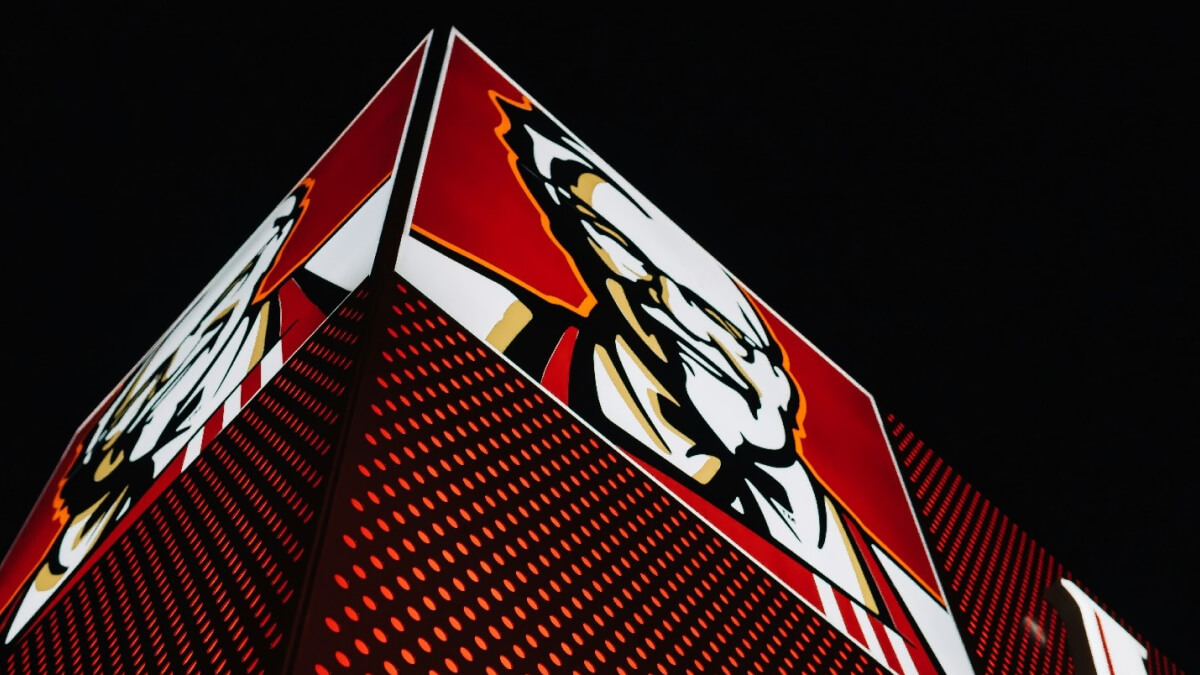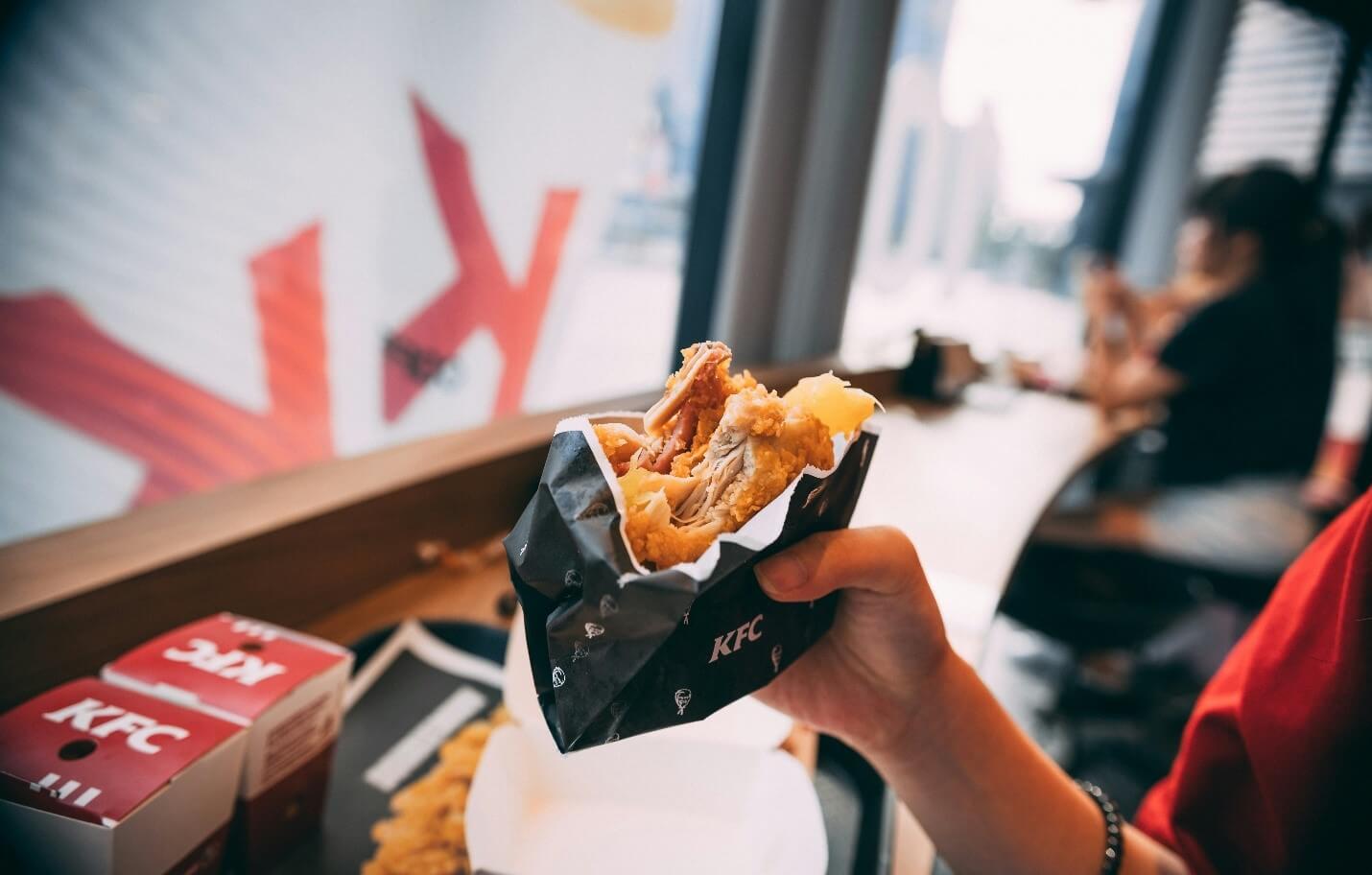Understanding the Local Economic Impact of Restaurant Franchise Costs

Is Buying a Franchise Right for You? Consider These Hidden Costs
Let’s talk about something crucial for our collective success: understanding the costs associated with restaurant franchises and their impact on our local economy. Our locally operated franchises play a vital role in creating employment opportunities, making tax contributions, and strengthening the economic resilience of our communities. But to truly optimize profitability, we need to dive into the details of franchise costs.
We all know that a restaurant franchise offers an efficient way for entrepreneurs to enter the restaurant industry, leveraging the reputation and support of an established brand. However, it’s essential to recognize that franchise opportunities come with their costs, which can vary based on corporate policies and business models.
So, let’s dive in and explore the nuances of franchise costs! We’ll cover the different types of fees, methods to calculate these expenses, and strategies to manage them effectively.
First, let’s look at the various types of franchise costs that we need to be aware of:
- Franchise Fee: This is the initial fee paid to the franchisor when you sign the franchise agreement. It typically ranges from $10,000 to $50,000, but for some franchises, it can go as high as $1 million. This fee grants you the right to use the franchisor’s brand, systems, and support.
- Royalty Fee: This is an ongoing fee calculated as a percentage of our revenue, which you pay to the franchisor. For example, a franchise may impose a 5% royalty fee on our gross revenue annually.
- Advertising Fee or Marketing Fee: Many franchisors require you to contribute to advertising and marketing costs. This fee is often a percentage of our gross sales or a fixed amount payable periodically.
- Renewal Fee of Transfer Fee: This fee is paid when you renew our franchise or if there’s a change in ownership of our franchise location.
Now that we understand the different types of franchise costs, let’s talk about how we can calculate them. Determining the total cost of a franchise can be complex and depends on factors such as industry, size, location, and fee structure. Franchise disclosure documents provide transparency by outlining these costs. Some of the expenses that may be included are:
- Real Estate and Leasehold Improvements: These are the costs associated with renting space, making build-out modifications, and leasehold improvements.
- Equipment and Inventory: You need to consider the costs of purchasing the necessary equipment and inventory to start your operations.
- Working Capital and Operational Costs: We need these liquid assets to cover initial expenses until you start generating revenue.

Now, I know we’re always looking for ways to be more efficient and reduce costs, so here are some tips to help us out:
- Conduct Thorough Research: Let’s compare franchise fees and offers from different franchisors to make informed decisions that align with our goals.
- Understand Payment Structures: Familiarize yourself with all the fees and payment schedules involved in the franchise.
- Evaluate Operating Costs: You want to make sure that the franchise’s operating costs align with industry standards.
- Negotiate with Franchisors: Explore opportunities to negotiate fees or access any available discounts.
- Explore Financing Options: Investigate the financing assistance programs offered by franchisors to help with your investment.
By taking these proactive steps, you will understand franchise costs comprehensively, enabling you to negotiate effectively and explore financing options for your successful business investment journey. Here is a valuable tip to enhance your cost management: incorporate a robust cost analysis system. Continually breaking down your expenses, particularly variable costs like food and labor, is the key to optimizing profitability. You can conduct accurate cost breakdowns and ensure sustained profitability by making strategic investments in the right technology and tools.
At MBE CPAs, we understand that profitability relies on effective cost management, beginning with actionable and precise restaurant breakdowns. Let’s work together as a supportive community, fostering success for one another. The initial step towards optimizing your costing process is to evaluate your current methods and explore the available systems that enable precise cost breakdowns. As specialists in franchise restaurants, MBE CPAs is here to provide expertise and support. Our knowledge and guidance empower you to accurately and consistently analyze your costs, ensuring your focus remains on profitability. Remember, your success is not solely determined by sales or revenue, but by your dedicated attention to costs.
